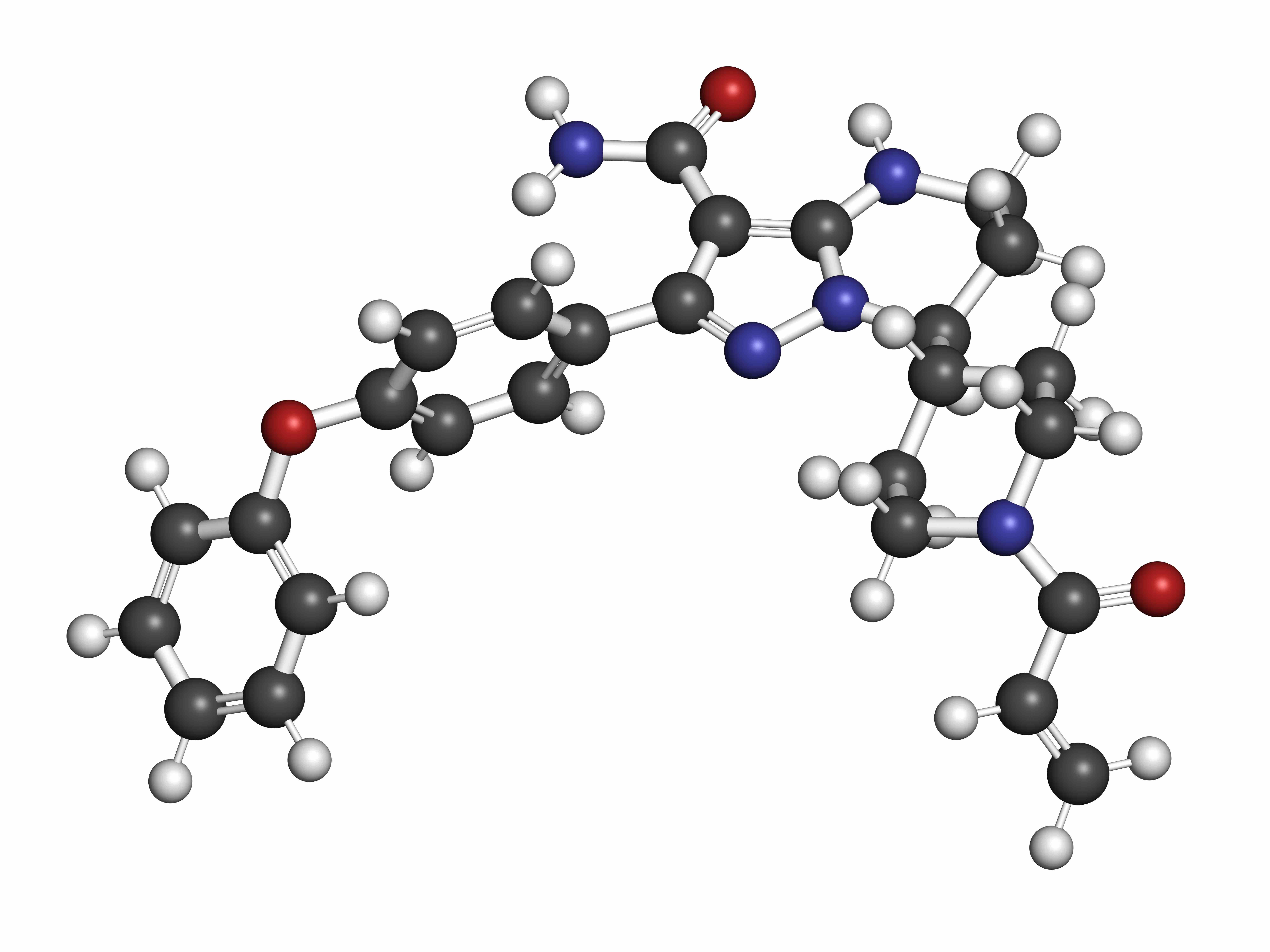Article
Lack of Monitoring Among Older Patients With CML Linked to Poor TKI Adherence
Author(s):
The findings showing that older patients with chronic myeloid leukemia (CML) had poor adherence to tyrosine kinase inhibitors (TKIs) was presented last month during the American Society of Hematology Meeting & Exposition.
An analysis of data from Medicare patients with chronic myeloid leukemia (CML) found that many did not receive optimal molecular monitoring to track progress toward treatment goals—and that lack of testing was linked to poor adherence to tyrosine kinase inhibitors (TKIs).
In an abstract presented recently at the 2021 American Society of Hematology Meeting & Exposition, investigators from the Yale Schools of Medicine and Public Health evaluated whether Medicare beneficiaries with chronic phase CML received quantitative BCR-ABL1 polymerase chain reaction (qPCR) testing every 3 months during the first year of TKI treatment.
This testing schedule is recommended, the authors said, “to assure achievement of milestone response goals,” and “adherence to TKI therapy is also critical to achieving responses and ultimately functional cure.” Prior studies of qPCR testing and TKI adherence have only examined imatinib treated patients or younger patients, they wrote.
“We sought to evaluate older CML patients in the United States,” they wrote.
Patient selection. Using the SEER-Medicare database, they developed a population cohort of CML patients diagnosed between 2007 and 2017 who met the following criteria:
- Were 66 to 99 years of age at diagnosis
- Had Medicare Parts A/B for 1 year before diagnosis through follow-up
- Had Medicare Part D from 3 months before diagnosis through follow-up
- Did not receive a TKI within 3 months before diagnosis but did receive 1 after diagnosis.
To ensure adequate data collection, the study only included patients followed for at least 13 months after starting a TKI.
Optimal monitoring was defined as having a qPCR test during at least 3 milestones of the first year treatment.
Results. Investigators identified 1188 newly diagnosed patients CML, with a median age of 74.5 years. Of the group, 970 patents (81.7%) initiated TKIs within 90 days of diagnosis. Of the 745 who started frontline imatinib, 17.9% switched to a second-generation TKI. Of the 443 patients starting a frontline second-generation TKI, 127 (30.9%) received a different TKI, with 89 (70.0%) switching to imatinib.
In the first year after TKI initiation, 962 patients (81.0%) had a qPCR test, with a median of 3 tests. Among those who had at least 2 tests, the median length between 2 consecutive tests was 89 days. About three-quarters (73.7%) had 1 test around the 4 milestones, with 329 (27.7%) and 547 (46.0%) having tests on at least 3 and 1-2 milestones, respectively.
Recently diagnosed patients the most likely to have a test, but even among those evaluated from the later years of the study (2015-2017), only 126 (32.0%) had optimal monitoring, according to the investigators.
Observed disparities. Compared with those tested less frequently, those with optimal monitoring were more likely to be non-Hispanic White (P = .01), were more likely to have been diagnosed in recent years, (P < .01), and were more likely to not have low-income subsidy (P <.01), or reside in a high socioeconomic neighborhood (P <.01).
Second-generation TKI users who did not switch during the first year had significantly more testing at the 9-month milestone and were more likely to have optimal monitoring when compared with imatinib users.
“In the multivariable model, only the year of diagnosis increased the odds of having optimal monitoring,” the authors wrote.
As for adherence, the median 1-year proportion of days covered (PDC) was 90.3%, and there were 795 (66.9%) adherent patients. The median PDC among patients with qPCR tests at 0, 1-2, and ≥3 milestones was 86.4%, 90.1%, and 93.1%, respectively (P < .01).
Measured a different way, those with optimal monitoring had 73.9% adherence vs 64.3% for those with less optimal monitoring. “Compared with less monitored patients, those with optimal qPCR monitoring were more adherent,” the authors wrote.
The Frederick A. DeLuca Foundation supported the research.
Reference
Shallis RM, Wang R, Zeidan AM, et al. Contemporary “real world” molecular testing and tyrosine kinase inhibitor adherence patterns among older patients with chronic myeloid leukemia in the United States. Presented at: 63rd American Society of Hematology Meeting & Exposition; December 11-14, 2021; Atlanta, GA. Abstract 282. https://ash.confex.com/ash/2021/webprogram/Paper151066.html




